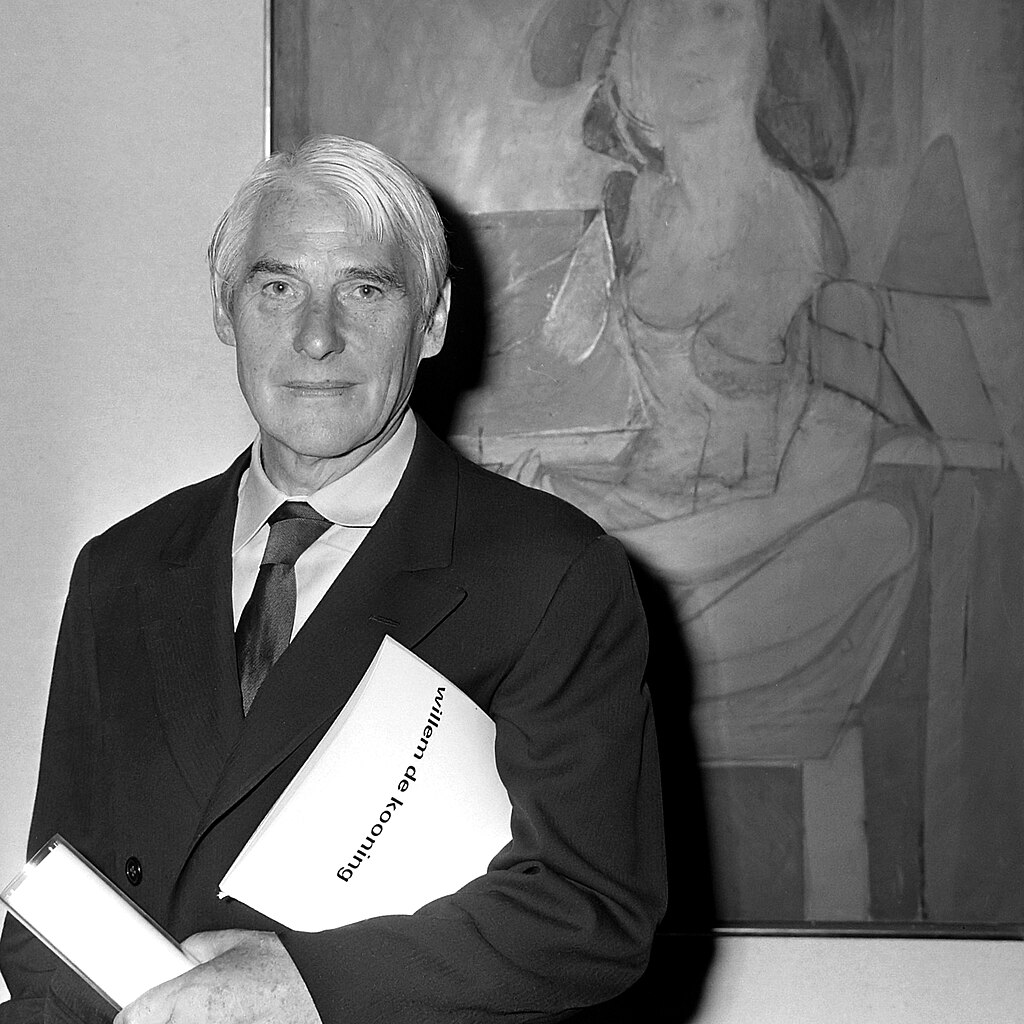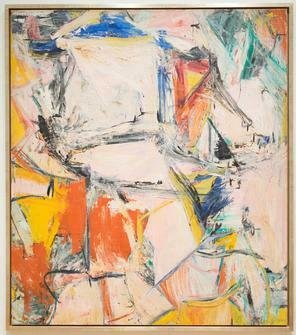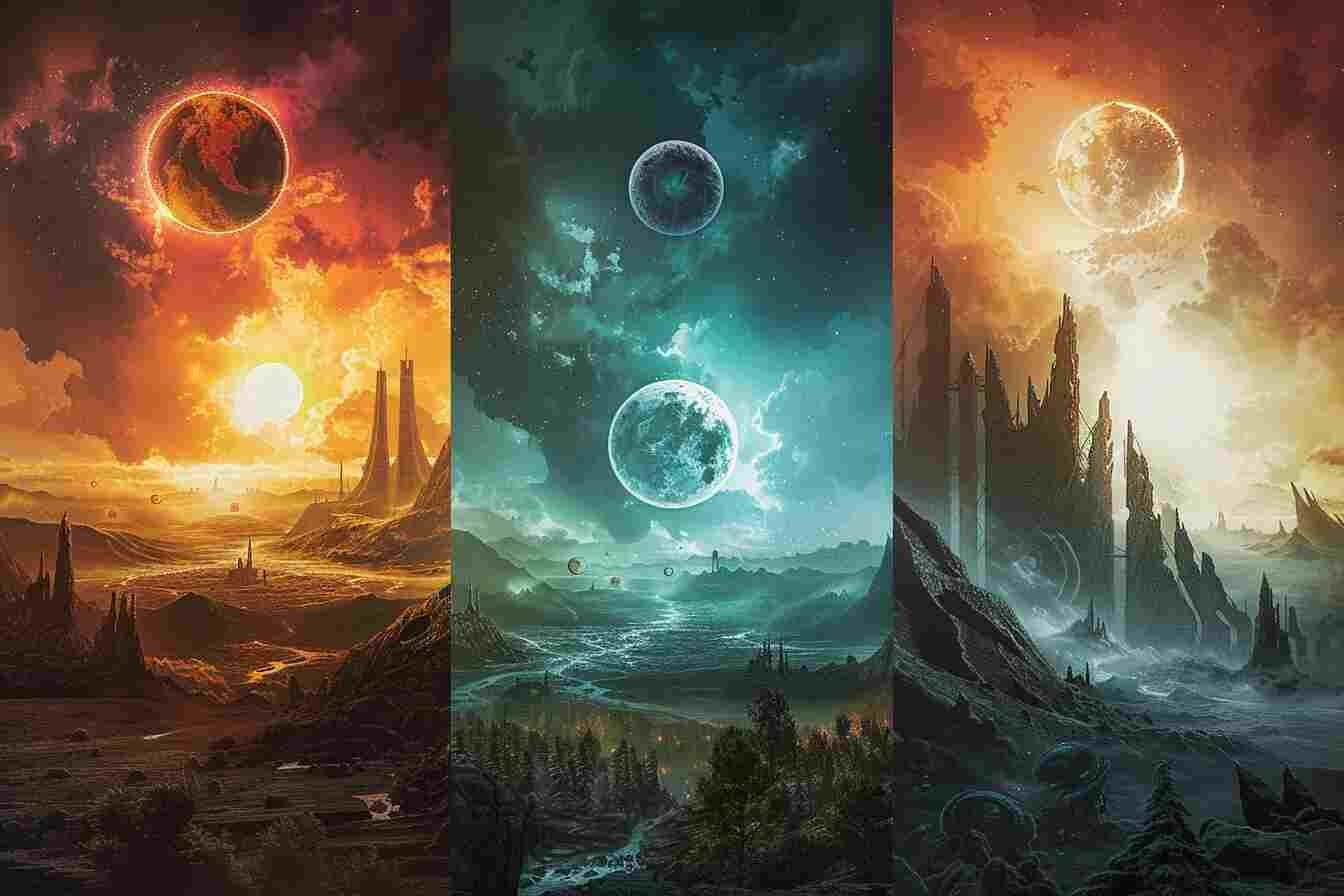Painting Interchange from Willem de Kooning
Since his death on March 19, 1997 in his East Hampton home, the Dutch-American abstract expressionist painter’s price has remained at significant levels on the international art market. This painting Interchange was produced in 1955, after de Kooning moved away from depicting the female figure to focus on abstract art.
Since 2000, Willem de Kooning has always been in the top 100 of the most highly rated artists in the world according to Artprice, he has even been in the Top 10 three times between 2000 and 2020.
It is also important to note that the painting Interchanged (1955) by Willem de Kooning is to date the 2nd most expensive work of all time, it was sold for US$ 300 in 2015 as part of a private sale, just after the painting Salvator Mundi by artist Leonardo da Vinci sold for US$ 450.3 million in 2017.
A look at Interchange by Willem de Kooning
Painter of Dutch origin, naturalized American, Willem de Kooning (1904-1997) is a precursor of abstract expressionism. He uses gouache, watercolor, pastel as well as mixed techniques for his works. He also excels in sculpture. For him, there is no style, he does not feel attached to a particular current, but he is linked to the current of abstract and contemporary expressionism.
Interchange is a good illustration of his idea: to see how far painting can go. This oil on canvas measures 242.5 cm × 243.9 cm (95.5 in × 96.0 in). During the second half of the 1950s until 1963, de Kooning painted urban landscapes for us in an abstract way. Interchange already had a record in November 1989, auctioned by Sotheby’s, generating $20.8 million.
Buyer Profile Kenneth Griffin: Philanthropist, Art Lover
Like any billionaire, you have to show your taste for Art and display your trophies in your living room, but Kenneth Griffin is known for his philanthropic character and prefers to present them in the museum. For the love of Art and thanks to his fortune, he actively participated in the creation of the Art Institute of Chicago (which became the second largest art museum in the United States after the Metropolitan Museum of Art in New York ). Its funds thus represent one of the most important art collections. In addition, he donated $100 million in 2015 to Lincoln Center in New York.
He is also one of the most active art buyers in the world. He built up a large collection by presenting himself as a patron. In 1999, he bought Nature Morte au Rideau à Fleurs et Fruits by Paul Cézanne (1904-1906) for 60 million dollars and in 2006, a Jasper Johns (False Start, 1959) for 80 million dollars. The billionaire is heavily involved in the life of his Museum in Chicago and lends him his purchased paintings.
Read also: Most Expensive Painting in the World
Biography of Willem de Kooning
Willem de Kooning, born April 24, 1904 in Rotterdam and died March 19, 1997 in East Hampton, Long Island (State of New York), is a painter of Dutch origin, naturalized American, initiator of abstract expressionism. Young Willem’s father is a wine merchant while his mother runs a bar in the port area of Rotterdam.
From 1916 to 1923, Willem de Kooning was introduced to the fine arts in the evening classes of the Académie voor Beeldende Kunsten en Technische Wetenschappen in Rotterdam, and during the day followed an apprenticeship in an advertising and decoration firm. He then studied for two years in Brussels and Antwerp before leaving for the United States. He moved briefly to New Jersey, where he earned his living as a house painter.
In the late 1920s and during the 1930s, de Kooning befriended the painters Stuart Davis, John Graham and Arshile Gorky. He works on frescoes commissioned by the Federal Arts Project. From 1936, he devoted himself full-time to his own artistic career. His work, hitherto quite academic, acquired strength and became more avant-garde. At the end of the 1930s, abstract or figurative, his work was influenced by Picasso’s cubism and surrealism, and by Gorky, whose studio he shared in Manhattan. In 1938, probably under the influence of the latter, he embarked on a series of male characters, and simultaneously started a series of pure abstractions, in lyrical colors.

Artist Willem de Kooning (1968) Jack de Nijs for Anefo, CC0, via Wikimedia Commons
After the war, de Kooning developed a more energetic and even more abstract style, very close to that of his contemporary Jackson Pollock. “I can work a whole month on a canvas, he says, but it has to look like it was done in a minute.” His first personal exhibition, black and white abstracts, was held in New York in 1948. He was then considered one of the leaders of abstract expressionism.
Unlike Pollock’s work, Kooning’s retains figurative elements. In 1953, during his third solo exhibition, his Women series created a sensation. The public is shocked by his grotesque portraits, and the critics are disappointed by the presence of figurative elements in an abstract work. Women will therefore be a major and recurring theme. Their hard, angular forms are rendered by violent brushstrokes and jets of paint, contrasting with the traditional representation of women in art, where they figure as a sensual, rather deified being.
In 1963, de Kooning moved to Long Island. He paints paintings there where the women and the landscapes are in brighter colors and the brushstrokes less nervous. This change owes a lot to the sea and the light of its new environment. At the end of the decade, his creativity is considered to have declined somewhat. He continues to paint, while trying his hand at sculpture. In 1969, in Rome, he executed his first silhouettes, first in clay and then in bronze. A series of life-size characters will follow.
In 1975, he returned to abstract painting and produced a new series of dense and very colorful abstract paintings. His last works will be predominantly white calligraphic canvases highlighting a talent that encompasses both figurative, abstract, painting, drawing, color and line.
Buyer Profile Kenneth Griffin: Philanthropist, Art Lover
Like any billionaire, you have to show your taste for Art and display your trophies in your living room, but Kenneth Griffin is known for his philanthropic character and prefers to present them in the museum. For the love of Art and thanks to his fortune, he actively participated in the creation of the Art Institute of Chicago (which became the second largest art museum in the United States after the Metropolitan Museum of Art in New York ). Its funds thus represent one of the most important art collections. In addition, he donated $100 million in 2015 to Lincoln Center in New York.
He is also one of the most active art buyers in the world. He built up a large collection by presenting himself as a patron. In 1999, he bought Nature Morte au Rideau à Fleurs et Fruits by Paul Cézanne (1904-1906) for 60 million dollars and in 2006, a Jasper Johns (False Start, 1959) for 80 million dollars. The billionaire is heavily involved in the life of his Museum in Chicago and lends him his purchased paintings.
Sources: PinterPandai, www.William-de-Kooning.org, TimeSpek, Dolphin Gallery
Photo credit: Author or copyright owner: Andrew Cho via Wikipedia
Photo description: photo of abstract expressionist painting Interchanged by Willem de Kooning. Was taken at the Art institute of Chicago.



